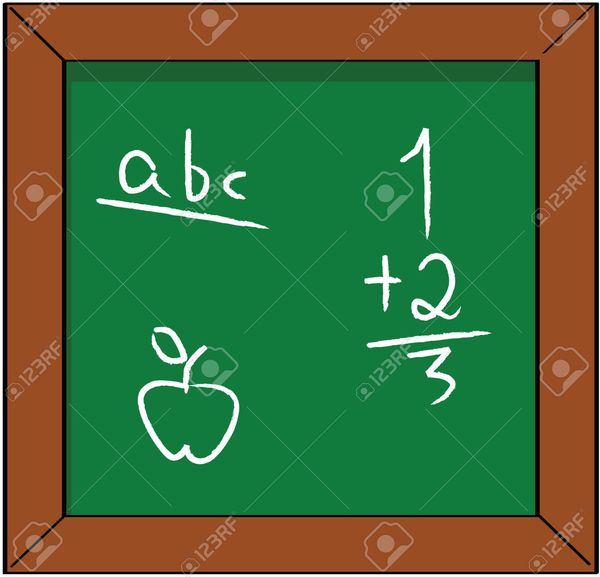The students of the primary
school of Ancient Olympia have always been assessed in the subject of English
through paper-and-pencil tests. The purpose of the assessment has been mostly
summative, in order to allocate marks at the end of each school term. The tests
constructed by the teacher employ mainly second-generation techniques. As a
result adequate information related to students’ process and product of
learning cannot be obtained. Moreover, the use of second-generation tests
clashes with the teacher’s communicative approach to learning (Tsagari &
West, 2004· Baroochi & Keshvarz, 2002, in Tsagari & West, 2004). In
addition, it has been observed that tests have a negative washback effect on
students. Many of them have lost their self-confidence, while others exhibit
signs of anxiety or boredom and they rarely participate in the classroom.
Taking all of the above
points into consideration and in order to provide equal opportunities for all
the students, especially those who have been diagnosed with learning
difficulties (Tsagari & West, 2004, p.127), the teacher has decided to use
the Portfolio as a method of alternative assessment. The language she wishes to
assess is part of the syllabus and it concerns the use of the present Simple to
talk about habits as well as writing an interview with a famous person.
The teacher has decided to
set up a Composite or Group Portfolio to improve the students’ writing skills
(specific focus portfolio). The choice has been made based on the learning
goals set by the teacher along with an analysis of the students’ needs
(Appendix I, p. 5) (Barabouti, 2012, p. 134) before implementing the
classroom-based portfolio (Tsagari & West, 2004, p.198). The results of the
survey of writing interest and awareness revealed that the majority of the students
like working in groups since they think they learn better and they prefer
writing in the classroom.
It is made obvious that the
portfolio can address students’ needs, especially of the weak ones, since,
according to Brown and Hudson (1998), they can capitalize on work that happens
in the classroom to improve their writing and language skills. Also, students
get motivated since they have to perform authentic tasks and students-student
collaboration is fostered as it constitutes a real life skill. Moreover, it
focuses learners’ attention on learning processes and students are encouraged
to use metalanguage o talk about language growth (Brown & Hudson, 1998).
To record such information
the teacher uses both checklists with two alternatives (YES/NO) and rating
scales for documenting the degree of writing skills and language proficiency
after students have finished the tasks. Both tools were chosen for two main
reasons:
- The
class consists of 23 students
- Both
rating scales and checklists are easy to administer and are an advantageous
form of assessment since students are asked to perform the same tasks (Tsagari
& West, 2004, p. 288).
Also, the teacher employs an
analytic rating scale (Barabouti, 2012, p. 133) (Appendix II, p. 6) which
consists of four criteria, which she presents to the students, who should take
them into consideration while working on their writing tasks.












